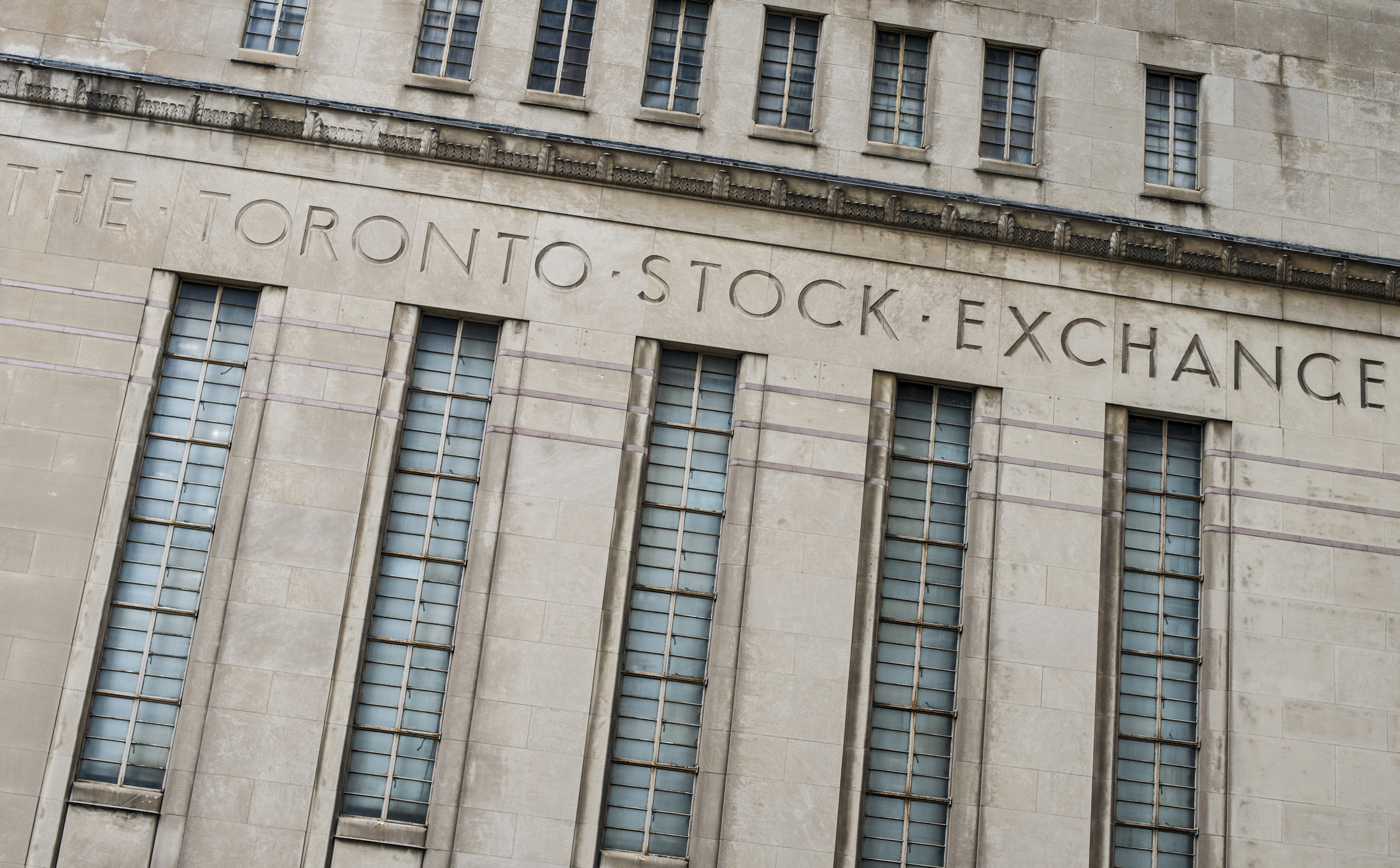Super funds placing more focus on achieving better tax outcomes
As superannuation funds become some of the biggest taxpayers in the country, their custodians are helping them better understand the tax implications of their investments so they can make better decisions to improve member outcomes.
“Some of our clients are … in the top 10 taxpaying entities in the country, so they want to know more about what’s driving their tax outcomes. Whose best placed to do that? Well, we are, as their custodian and administrator, because we’re sitting on all that data and we’re doing their tax calculations for them,” says Tim Helyar (pictured), country head, Australia, at the global asset manager State Street.
As funds have merged and become bigger, their scale now puts them on the same level as the likes of BHP, Telstra and Qantas when it comes to their tax bills. Australia now has two super funds with funds under management exceeding $300 billion, so the tax bill is not small change.
“With new technology sitting over the top of the tax data, that helps them make better decisions so that they can be more tax efficient, which actually drives investment performance, because your net of fees, net of tax, outcomes are important for members, so we can certainly help them with that,” Helyar says.
While tax-efficient funds have been available for some time in the retail world, superannuation funds are also recognising the significant savings they can make through tax optimisation. Custodians are helping the super funds make sure their individual fund managers are also being tax efficient.
“Still, a lot of the fund structure is outsourced to external managers. And when you’re an investment manager looking at a particular pool of money, you’re not thinking about the overall fund in terms of its tax efficiency … so it gives [super funds] the ability to influence outcomes in a way they’re more tax efficient,” Helyar says.
It’s not an area that receives much airtime, but many large super funds now have senior heads of tax who are charged with managing their fund’s tax position, reporting directly to the CFO.
Other areas where custodians are helping their superannuation funds include the provision of timely information around private markets. Due to its size and position as one of the largest custodians in the world, State Street has a large database of global private market investments.
“We can use that to provide our clients with insights in terms of benchmarks and performance and potentially valuation and things like that,” Helyar says.
Because they need scale to be successful, many of the custodian banks operating in the Australian market are global. State Street, for example, calls itself a Globally Systemically Important Bank (or Financial Institution). But there are benefits in this for superannuation funds too.
“If something goes wrong with State Street then things happen to the market. So, we must invest to ensure that our minimum standards to protect the ecosystem are there, and therefore we can pass the benefits of that on to our clients. For us, the cost of doing business is actually very beneficial to our clients, and it saves them a … need to invest on their own,” Helyar says.
State Street is also looking at how it can use AI in its operations, but it is taking it slowly. “Everyone in their private lives is using AI for all sorts of things, but for a firm to use it to its fullest extent, you’ve got to do it incrementally and very carefully,” he says.
“It’s a bit like when we all first started using search engines such as Google and the like. We’ll start slowly, and then we’ll start to build confidence.”










